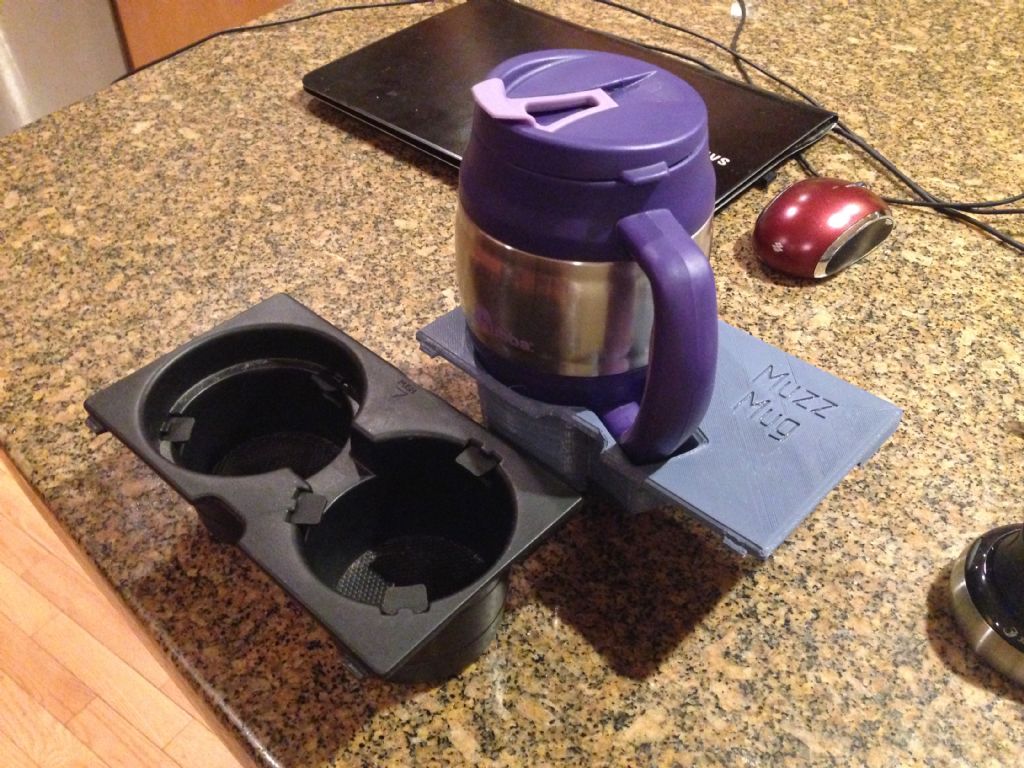With so much open source software about nowadays and 3D CAD becoming cheaper (and taught in schools and colleges), I’m not so worried about the missing step between the idea and the CAD model. There’s a whole generation coming through now that simply accepts this as the way things are done. The current 3D printers are like the dot matrix printers of 25-30 years ago (in more ways than one!) and I’m sure they will become more robust and commoditized pretty rapidly. And with milling, routing and laser cutting heads already being added, you can see that we aren’t far off having some pretty interesting equipment at our disposal. These are basically miniature CNC machines and even use the same g-codes for the tool path. Give it time…
Our printer at work (Ultimaker 2) has now got about 100 hours or so on the clock and we’ve used it for making samples of connectors, cable clamps and small junction boxes for customer and certification use, while non-work examples have included a chain protector and jockey wheels (for a mountain bike) and a proper sized mug holder (for my car), which would be almost impossible to make any other way. I also made up some parts for the screw cutting clutch I’m working on, to get a better feel for what it would look like in the flesh (I posted pictures earlier – they are in my "stuff" album). You can go from CAD model to test sample in as little as 30 minutes for a simple part, or let it run overnight if it’s a larger part. The default density is 20%, which means that it generates a honeycomb structure inside the part to save material. However, you can change that all the way up to 100% if you need a solid part. And this plastic is actually pretty tough.
I’ve been working away at my 3D CAD skills recently and the mug holder was a nice test of my capability, combining thin walls, draft angles, swept sections etc. Nice to be able to print out what you have to verify you’re on the right tracks. As I said, there’s no realistic way to make one of these using any other process. If you are sensible where you buy the filament, the cost should be a few pence per gram, so the mug holder for instance probably cost less than 2 quid. The final part will be in black, with a better surface finish but at this stage I'm able to check it fits the vehicle and finesse the dimensions. Not a very good photo, sorry.
Murray

MW.





